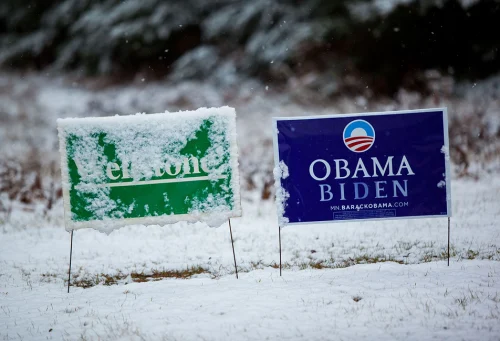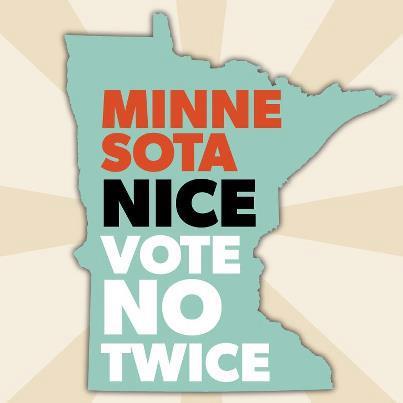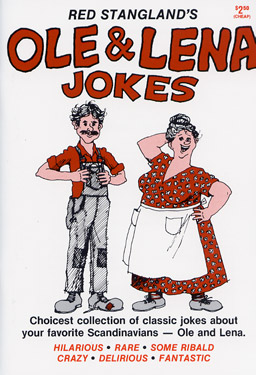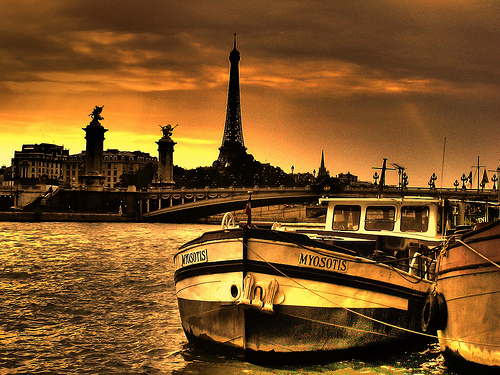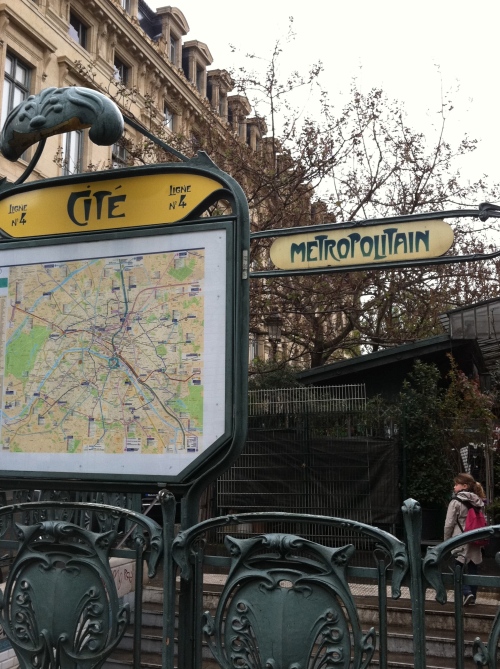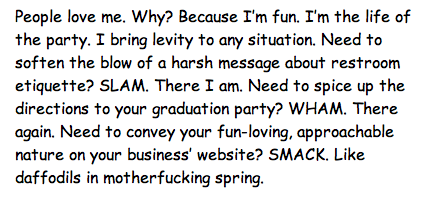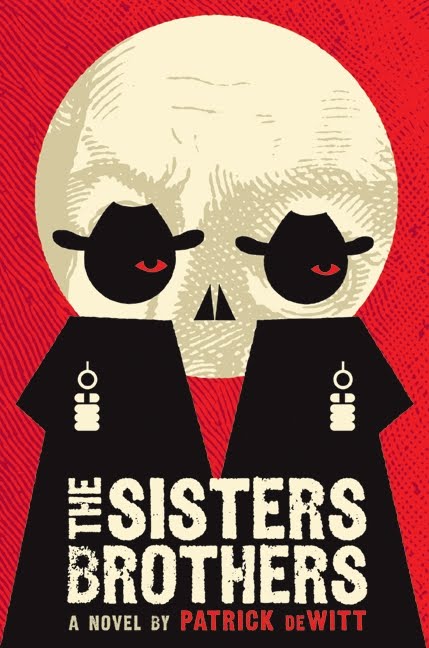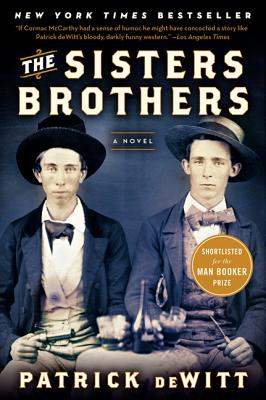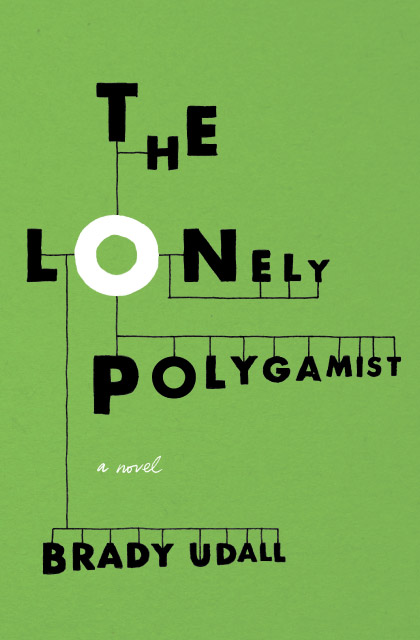What you’ll need: at least 2 monitors, Adobe creative suite
Songlist: anything by Bauhaus, Written in Reverse by Spoon
Further reading: um, a graphic novel? No wait, something about graphic design.
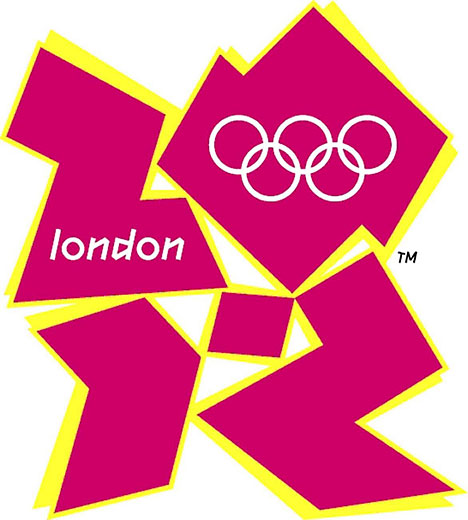
McKayla Maroney is not impressed with this logo.
Ok, last post about the Olympics. I swear.
Now, were you surprised at seeing an image as horrifically ugly as the logo above in a post about graphic design? I don’t know a whole lot about graphic design, so I didn’t follow the unveiling of the 2012 London Olympic logo or the subsequent typeface associated with it, and thus wasn’t aware of the outrage that predated my own. Because, for all my love of the Olympics, and for the million hours I spent watching TV over the past 2 weeks, I just could not get over that horrible, clunky, graceless font. (Last time I checked, the Olympics are not exactly a celebration of clunkiness).
Unfortunately, I didn’t rally any of my fellow Olympics-watchers to my cause:
“Isn’t the typography awful?”
“Eh.”
“I mean, seriously, doesn’t it just make you angry?”
“Shh, the girls are hitting the ball now.”
To console myself, I tried outlining a logo of my own, and quickly noticed that the first two letters of the host city’s name are quite similar to the current year. With a little work, something interesting could be done with that similarity. My own attempts weren’t great, but you’ll see what I mean in the following logo, created by British graphic designer Richard Voysey:
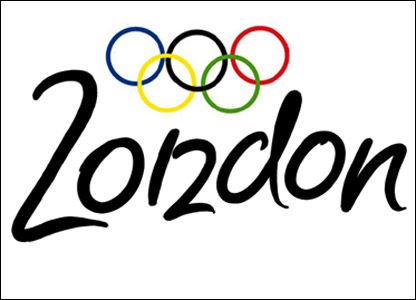
Ahhh, that’s more like it
I felt vindicated both by the Brits’ selection of Mr. Voysey’s design as the “favourite alternative logo” of the games, as well as this design blog’s list of the 8 worst fonts in the world. The London Olympics typeface, called 2012 Headline, ranks #1, worse than Papyrus, worse than Comic Sans (which didn’t even make the list). It can’t get any worse.
But I don’t just want to be one of those Debbie-downer-negative-Nancy complainers. I’ve become much more interested in graphic design over the last year or so, after a) reading blogs that frequently link to lovely infographics* and typefaces and b) having to do very basic graphic design myself for one of my jobs. On Saturday I lugged home 5 enormous history-of-graphic-design books from the library, and I mean to make a serious dent in them. At least by leafing through the pretty pictures.
Look out, world.
*The best infographics I’ve seen are by Nicholas Felton, who produces his annual Feltron report, and Warby Parker’s annual report. Here’s a sample of Nicholas Felton’s work:

Data done right.

